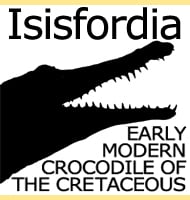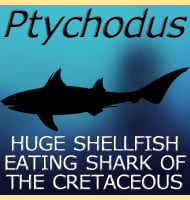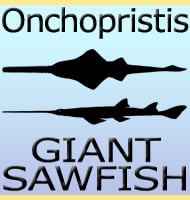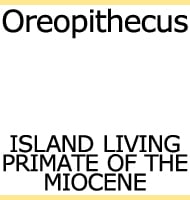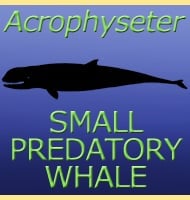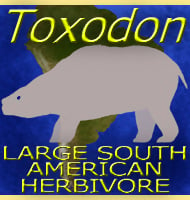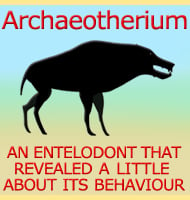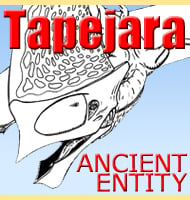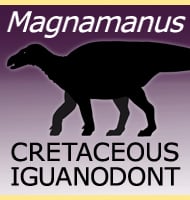In Depth
Although only known from partial remains, Patagonykus is confirmed to have been an alvarezsaur, small bipedal dinosaurs that are thought to have specialised in hunting insects. Dinosaurs like Patagonykus were once thought to have been restricted to the lower stages of the upper Cretaceous, however the discovery of Bonapartenykus in 2012 has revealed these forms of alvarezsaur survived in South America until the last stages of the Cretaceous.
Patagonykus likely shared its ecosystem with dinosaurs such as Megaraptor, Unenlagia, Rinconsaurus and Antarctosaurus which have all been discovered in the Neuquen Formation.
Further Reading
Patagonykus puertai n. gen. et sp., and the phylogenetic relationships of the Alvarezsauridae (Theropoda, Maniraptora), by F. E. Novas. – In, VI Congreso Argentino de Paleontolog�a y Bioestratigraf�a, R. C�neo (ed.), Museo Paleontol�gico Egidio Feruglio, Trelew Abstracts. – 1994. – Anatomy of Patagonykus puertai (Theropoda, Avialae, Alvarezsauridae), from the Late Cretaceous of Patagonia. – Journal of Vertebrate Paleontology 17(1); 137–166. – F. E. Novas – 1997.

